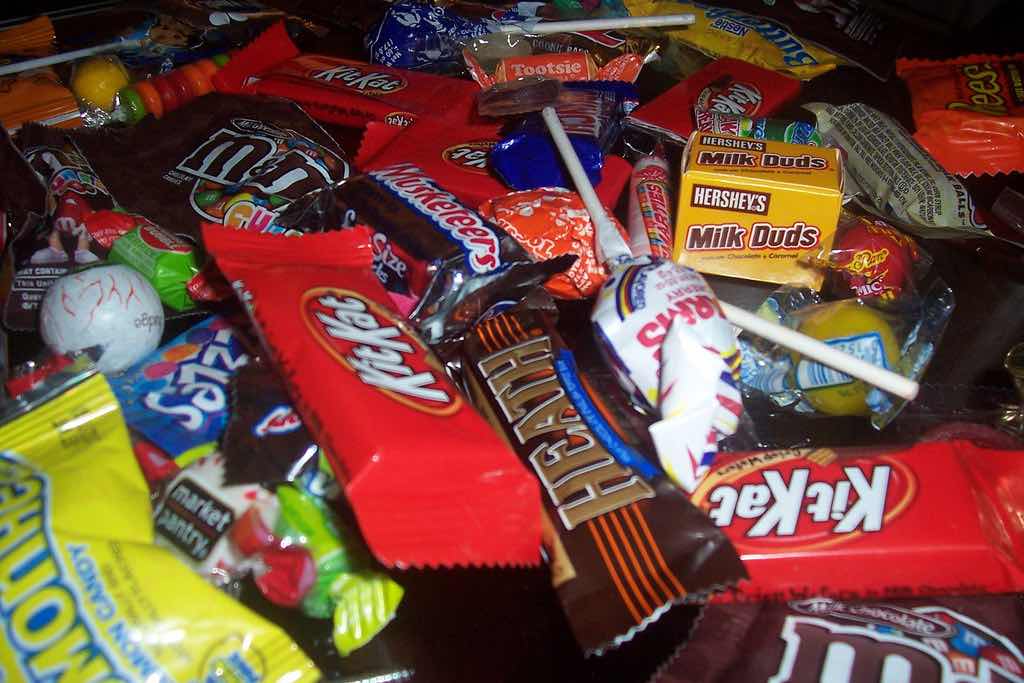Having diabetes shouldn’t prevent a child from having fun during special occasions. A little planning and a question or two allows kids with diabetes to participate in just about everything.
On special occasions, such as sporting events, pizza days at school or birthday parties, contact the organizer to find out what food will be served and when, and what physical activities are planned. How the food ‘fits in’ depends on when it’s being served. Meals or snacks can be split as needed to allow your child to eat with the other children. Your diabetes educator can give you some good ideas about how to handle this.
For holidays and celebrations, it’s important to keep as many traditions as possible, but you may need to modify those that involve food. Consider creating new traditions that put the focus on fun and activity, not food.
Halloween
- Emphasize the non-food-related aspects of Halloween, such as costume preparation and decoration.
- After trick-or-treating, sort through your child’s sack of loot, allowing her to set aside the candies she loves best. Ration these out to ensure she enjoys them at the right times – after supper for dessert, for instance, or after her lunch at school.
- Remember that there aren’t good or bad choices when it comes to candy. A gram of carbohydrate, whether it comes from a chocolate bar or a lollipop, affects blood glucose levels in the same way. However, a Halloween-size candy, which contains between eight and 15 grams of carbohydrates, is a better choice than a big bag of chips, which is chock full of fat and calories.
- Leftover treats can be traded with brothers or sisters, given to less fortunate kids, or ‘sold’ to parents in exchange for non-food-related treats, such as a new toy or book.
- Consider tucking one or two of your child’s least-favourite candies in his schoolbag to treat hypoglycemia (low blood glucose levels). Don’t give a child a candy he really likes for this, since he may find it hard to resist and won’t save it for a low.
Christmas
- Moderation and balance are the keys to a healthy holiday. Be sure to include fun physical activities, such as skating, tobogganing or a winter walk.
- Spread treats, such as gingerbread and candy canes, over the holiday season rather than offering them all at once.
- Make sure nutritious snacks are always available.
- Have Santa stuff stockings with non-food items, such as hair clips, stickers, colouring books, movie tickets, etc.
Activity
- Encourage your child to get involved in physical activities. Taking part in activities can help a child to make friends, feel good, and achieve and maintain a healthy body weight.
- Activity can have an impact on a child’s blood glucose levels, especially if she is taking insulin, so she will need to have her blood glucose tested before, during and after activities. She may need to adjust her insulin dose or eat an extra snack to prevent low blood glucose. Talk to your healthcare provider for guidance.
- If your child takes insulin, exercise – especially activity that lasts more than 30 minutes – can cause blood glucose to drop too low (below 4mmol/L). Make sure your child always has a fast-acting carbohydrate, such as six LifeSavers® or a juice box on hand.
- Be aware that blood glucose levels can drop long after the activity is finished. Check your child’s blood glucose levels to see if he needs an extra bedtime snack if he has been very active during the day.
Whatever the occasion, kids with diabetes should be encouraged to be involved. By determining the details in advance, you and your child will be prepared to participate and have fun.
http://www.diabetes.ca/diabetes-and-you/kids-teens-diabetes/children-special-occasions

